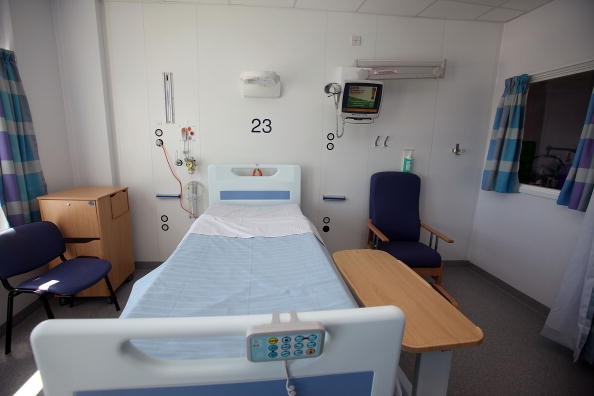
Infection control has been a serious issue in American hospitals. Infections that are acquired in a hospital range from minor to life-threatening, yet they are often preventable.
About one in 25 U.S. patients has at least one infection contracted during the course of their hospital care. Around 5% of people who are in a hospital for longer than a few days may come down with an infection that they acquired while they were there.
However, there is some good news on this front. The U.S. Centers for Disease Control and Prevention has issued a report that said that progress is being made. The report looks at healthcare-associated infections both nationally and on the state level, with special attention to the incidence in different states of two serious infections, methicillin-resistant Staphylococcus aureus (MRSA) and Clostridium difficile (often called C diff).
The report focuses on infections acquired in acute-care hospitals. The majority of MRSA and C diff infections occur either in the community or in healthcare settings that are not hospitals, such as nursing homes.
The report found a 46% decrease in infections associated with intravenous lines placed in a large vein between 2008 and 2013. These "central lines" can become a highway for germs to enter the body and cause deadly infections if the line is not put in correctly or not kept clean. There was a 19% decrease in infections at surgical site infections for ten types of surgery between 2008 and 2013. However, there was a 6% increase in urinary tract infections associated with a catheter since 2009. When a urinary catheter is either not put in correctly, not kept clean, or left in a patient for too long, germs infect the bladder and kidneys.
The data was collected by the National Healthcare Safety Network, a division of the CDC. You can see the report at http://www.cdc.gov/hai/progress-report/index.html.



